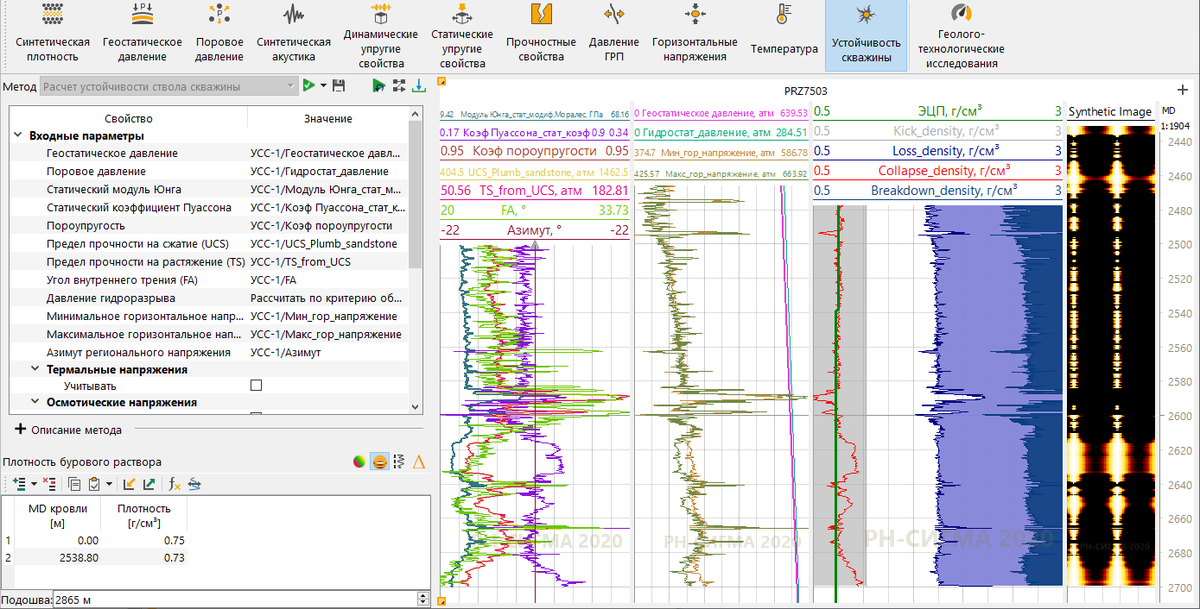
Drilling Risk Management
Solving geomechanical problems and wellbore stability analysis for directional and horizontal well drilling. The software helps minimize drilling risks.


Solving geomechanical problems and wellbore stability analysis for directional and horizontal well drilling. The software helps minimize drilling risks.

We constantly work to improve
We added:
Besides:
We added:
Besides:
We added:
Besides:
We added:
Besides:
We added:
Besides:
We added:
Besides:
We added:
Besides:
We added:
Besides:
We added:
Besides:
We added:
Besides:
We added:
Besides:
We added:
Besides:
We added:
Besides:
We added:
Besides:
We added:
Besides:
We added:
Besides:
We added:
Besides:
We added:
Besides:
We added:
Besides:
We added:
Besides:
We added:
Besides:
We added:
Besides:
We added:
Besides:
We added:
We implemented:
We added:
We implemented:
We added:
We implemented:
We added:
We implemented:
We added:
We implemented:
We added:
We implemented:
We added:
We implemented:
We implemented:
We added:
We added:
New improvements:
We added:
Besides:
We added:
Besides:
We added:
Besides:
We added:
Besides:
We added:
Besides:
We added:
Besides:
We added:
Besides:
We added:
Besides:
Density curve is the basis for recovering a lot of reservoir parameters. The main source of information on rock density is density gamma-gamma-ray logging. This kind of logging cannot be held in the conductor area thus its log requires a recovery procedure up to the surface.
This tool can significantly reduce the project development time in the presence of several reference wells.
WITSML server data acquisition while drilling will clarify the pre-drilling geomechanical model and improve complications prediction quality in unstable rock intervals
The solutions with time-dependent properties will allow the wellbore stability calculations to be performed with the dynamic conditions during the drilling process in the near-wellbore zone. Dynamic modeling main advantage is estimating the acceptable time between the moment of opening an unstable interval to the time of well casing.
The software helps determine critically stressed faults/fractures and calculate critical reservoir pressure for breaking fault/fracture stability.
Advanced algorithms for sand production prediction define higher risk zones, calculation of maximum allowable depression cubes and optimal perforation position and orientation.
The developers of
A set of implemented tools allows performing a full cycle workflow on data gathering, analyzing and pre-processing, building and transferring one-dimensional geomechanical models, predicting drilling complications and risks arising from geological reasons, optimizing the wellbore trajectory and construction and calculating a safe drilling mud density range.
New versions of
3D modeling allows solving the problems of rock stress-strain state around the wellbore and joints.
Advantages:
4D modeling includes the functionality of geomechanical and hydrodynamic simulators to account for geomechanical effects during field development.
Advantages:
Provides simulation of reservoir rock deformations, over- and underlying rocks, day surface.
Regular training activities help to improve the efficiency of use and acceleration of the process of RN-SIGMA software product implementation in workflows.
As a result of training, the course participants get knowledge about the subject and task of geomechanics in the drilling wellbore processes and skills of work with RN-SIGMA software.
The target audience of this course includes specialists in drilling planning and support, geomechanics and related fields.
Lecture on the theory of geomechanics with practical examples (3.5 + 3.5 hours).
Lecture on principles and general approaches to the construction of one-dimensional geomechanical models (2 hours).
Acquaintance with
An example of building a one-dimensional model of wellbore stability (3.5 hours).
Independent work with a ready-made sample of data, or with examples of participants (5 hours).
Examples of working with auxiliary modules (2 hours).